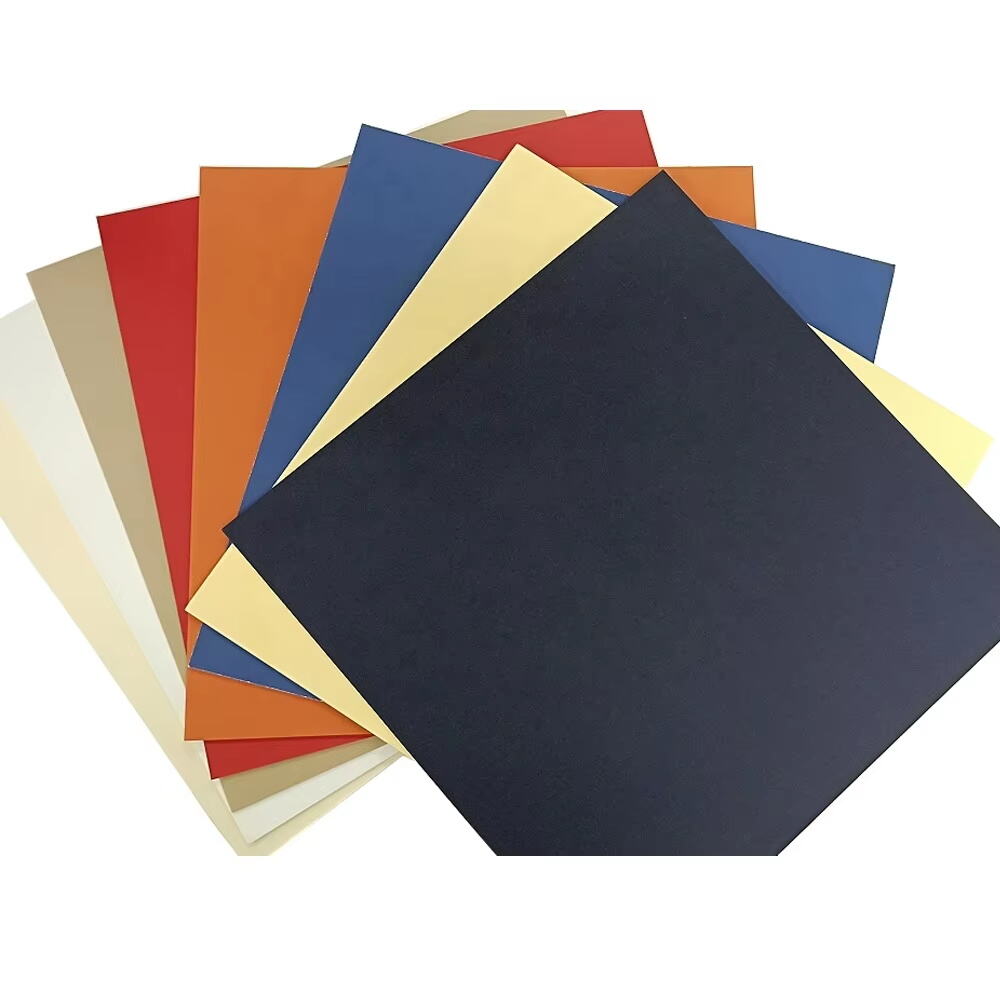Introduction: The Critical Role of Preservation in Cultural Heritage
Why Art and Document Conservation Matters
Conservation plays a crucial role in safeguarding cultural heritage for future generations. Studies highlight that over 80% of historical documents are at risk of deterioration due to factors like environmental conditions and improper handling. As such, conservation methods are pivotal in maintaining not only the physical integrity but also the original color and vibrancy of artistic works, ensuring their historical significance is preserved. For instance, strategies that prevent color fading are essential as they directly influence the value and appreciation of the artwork. Beyond preservation, these methods enhance accessibility to scholars and the public, promoting cultural literacy and engagement. Conservation, therefore, serves as a bridge connecting past and future, allowing society to engage with and appreciate cultural expressions.
The Financial and Historical Value of Proper Preservation
Proper preservation significantly boosts the market value of art and documents, with well-maintained artifacts potentially appreciating by over 20%. This increase is not just an economic asset but a reinforcement of the narrative significance embodied by these items. Historical artifacts upheld through conservation practices offer a window into the past, enriching storytelling and deepening our understanding of history. Furthermore, effective conservation attracts funding opportunities, as institutions and grants specifically allocate resources for the preservation of cultural heritage. These financial and historical benefits underscore that conservation efforts foster a robust cultural narrative, imbuing artifacts with lasting significance and ensuring they remain vital components of our collective memory.
What Are Conservation Boards? Defining the Cornerstone of Preservation
Materials and Composition: Acid-Free and Lignin-Free Foundations
Conservation boards play a vital role in safeguarding artworks and documents, thanks to their acid-free and lignin-free composition. These materials are crucial as they prevent harmful chemical reactions that can lead to degradation over time. With a pH-neutral composition, these boards significantly reduce risks such as acid burn and yellowing, ensuring the longevity and preservation of precious items. For instance, using acid-free materials has been shown to extend the lifespan of documents and artworks by several decades compared to traditional materials. This extension in lifespan is essential for maintaining not only the physical integrity of cultural heritage artifacts but also their historical and aesthetic value.
Key Properties: UV Resistance and Structural Stability
Conservation boards are meticulously designed to offer UV resistance, shielding artworks from the detrimental effects of ultraviolet light, which is known to cause fading and discoloration. This property is crucial in protecting the vibrancy and color integrity of artworks over time. In addition, these boards provide structural stability, ensuring that artworks remain flat and undistorted – a critical factor for their sustainable preservation and display. Experts consistently highlight that employing UV-resistant and structurally stable boards can effectively prevent physical damage such as warping or bending. This combination of UV resistance and stability reinforces the board's role as a cornerstone in conservation, facilitating longer-lasting preservation of cultural heritage.
Protection Against Environmental Damage: Shielding Art from Harm
Combatting Moisture and Humidity Degradation
Moisture is undeniably one of the most significant threats to the integrity of paper and artwork. High humidity levels can lead to the unwanted growth of mold, causing both physical and aesthetic damage to valuable pieces. Conservation boards play an essential role in mitigating these risks by effectively reducing moisture absorption. This creates a protective barrier that maintains an optimal environment for the preservation of documents and art. Research highlights that controlled humidity environments can extend the lifespan of documents by up to 50% when compared to more humid surroundings. This showcases the importance of moisture protection techniques in extending the longevity of artworks and documents.
Blocking Harmful UV Light Radiation
Exposure to UV light can induce irreversible damage to art and documents. Over time, this exposure can result in severe discoloration and structural breakdown. Conservation boards equipped with UV-filtering properties serve as a crucial line of defense, dramatically enhancing the longevity of preserved works. Implementing UV-resistant materials in conservation environments has been shown to reduce exposure to harmful UV radiation by over 90%. This statistic underscores the effectiveness of such preservation materials in maintaining the document integrity and overall condition of artworks.
Neutralizing Airborne Pollutants and Dust
Airborne pollutants, including smoke, dust, and various chemicals, are notorious for accelerating the deterioration of sensitive materials. Conservation boards with integrated filters or barriers help in reducing interactions between pollutants and the artwork. Such conservation techniques are instrumental in shielding art from damage. Studies indicate that artworks preserved in controlled environments, where airborne contaminants are minimized, tend to maintain better condition over time. This highlights the importance of dust protection and the neutralization of pollutants in the realm of art conservation.
Prevention of Acid Deterioration: Halting the Yellowing Process
How Acidic Materials Accelerate Paper Degradation
The degradation of paper due to acidic compounds is a significant concern in preserving historical documents and artworks. Acidic paper suffers from faster deterioration compared to its pH-neutral counterparts, leading to yellowing, brittleness, and a compromised structural integrity. A primary factor in acid formation within paper is the presence of lignin, often found in traditional paper and cardboard materials, which speeds up the degradation process over time. Research indicates a stark contrast in longevity between original papers and those transitioned to acid-free materials, showcasing the latter's effectiveness in maintaining document quality. By minimizing acid content, conservationists can combat deterioration, ensuring documents retain their historical and aesthetic value.
Long-Term Benefits of pH-Neutral Conservation Materials
pH-neutral materials are remarkably beneficial in preserving the longevity of documents and photographs. These materials counteract acid degradation, effectively ensuring that items remain intact for generations. Institutions like museums and archives have increasingly adopted pH-neutral conservation methods to prevent the yellowing and structural damage associated with acidic interactions. Recent studies emphasize that archives maintained in a pH-balanced environment exhibit extended lifespans and maintain their visual appeal and structural integrity. These findings highlight the crucial role of pH-neutral materials in comprehensive conservation strategies, aligning with industry standards for preserving and maintaining valuable artifacts through improved conservation boards and techniques.
Applications in Framing and Archiving: From Museums to Private Collections
Museum-Grade Framing Techniques Using Conservation Boards
Museum-grade framing techniques are pivotal in marrying the aesthetics and preservation of artwork. These techniques prioritize using conservation boards to optimize both the visual display and the physical protection of art pieces. Key aspects include incorporating UV-protective glass and materials that control temperature and humidity, shielding artwork from environmental threats. By using these advanced conservation methods, museums ensure that art remains accessible and safely preserved for public viewing. Industry professionals advocate for these museum-grade standards, emphasizing their importance in maintaining the integrity and value of the displayed art.
Archival Best Practices for Libraries and Historical Institutions
Libraries and historical institutions implement archival best practices to protect their valuable collections. These organizations utilize conservation boards and specifically designed storage environments to minimize exposure to harmful conditions. Archival boxes made from acid-free materials are pivotal in reducing degradation risks. The American Library Association highlights that adopting conservation standards can lead to a 75% reduction in losses of valuable documents over time. By adhering to these best practices, libraries and institutions effectively maintain their collections' longevity and historical significance.
Case Study: Preserving Performance Art Documentation
A recent case study underscored the efficacy of conservation boards in safeguarding ephemeral performance art documentation. Employing tailored conservation techniques allowed an institution to preserve the integrity of various components, including programs, posters, and multimedia elements, which are prone to degradation. This case illustrates the versatile applications of conservation boards, highlighting their critical role in preserving diverse art forms that typically face vulnerability. Conservation success in this case reaffirms the boards' importance in ensuring the longevity and continued appreciation of performance art.
FAQ Section
Why are acid-free materials important in art conservation?
Acid-free materials are valuable because they prevent degradation caused by acidic reactions in traditional materials, therefore extending the lifespan of artworks and documents.
How do conservation boards protect against environmental damage?
Conservation boards protect against environmental damage by reducing moisture absorption, blocking UV radiation, and neutralizing airborne pollutants and dust, providing a stable environment for preservation.
What role do UV-resistant materials play in preservation?
UV-resistant materials play a crucial role by shielding artworks and documents from harmful ultraviolet light, preventing fading and discoloration, thus maintaining their integrity over time.
Can conservation techniques increase the economic value of art?
Yes, proper conservation techniques can significantly increase the market value of art and documents by ensuring they remain in excellent condition, thus enhancing their historical and monetary worth.
Table of Contents
- Introduction: The Critical Role of Preservation in Cultural Heritage
- What Are Conservation Boards? Defining the Cornerstone of Preservation
- Protection Against Environmental Damage: Shielding Art from Harm
- Prevention of Acid Deterioration: Halting the Yellowing Process
- Applications in Framing and Archiving: From Museums to Private Collections
- FAQ Section

